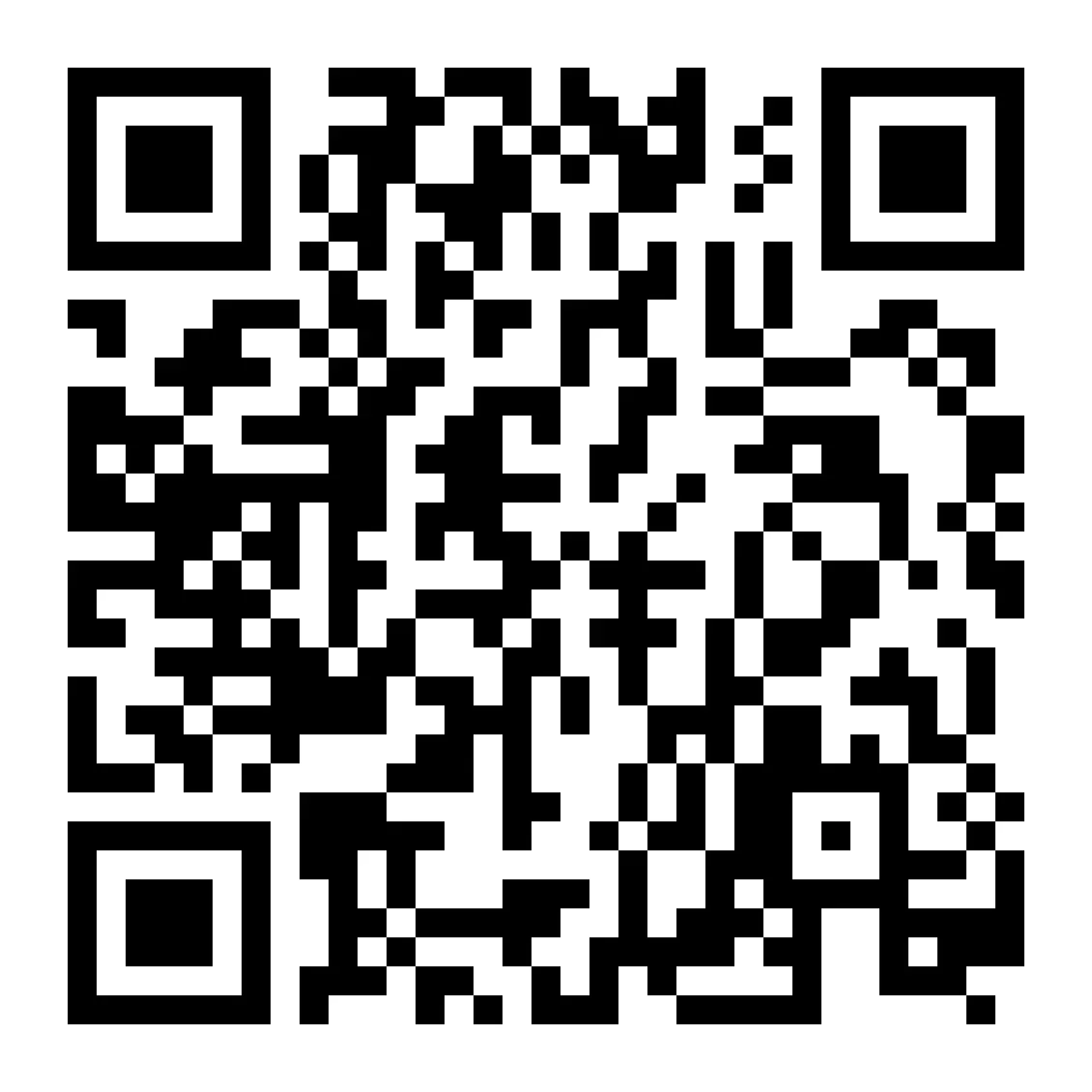.jpg)
How to Get Clients on Contra
If you’ve ever tried to find clients online, you know the drill. You sign up, polish your profile, send out a few proposals, and then wait. Refresh. Wait again. And as the days go by, it starts to feel like shouting into a crowded room where everyone’s saying the same thing: “Pick me.”
But what if it didn’t have to feel that way? What if getting clients wasn’t about chasing, but being seen? That’s the shift many freelancers find when they start using Contra — a space where your work, not your pitch count, does most of the talking.
Still, getting noticed takes more than just showing up. You need to know how to position yourself, how to make your portfolio interesting, and how to build trust before a single message is sent. That’s what this guide is for.
We’ll go step by step through how to attract the right clients on Contra, from refining your profile to crafting thoughtful proposals and creating progress that keeps the work coming. Because getting clients shouldn’t feel like luck, it should feel like the natural next step after doing great work.
Before we get into it, if you’re new to Contra, be sure to read our beginner’s guide on what Contra is and how to get started on Contra. That way, you have a good foundation. Now, let’s get into it.
Also read: Contra vs Upwork: which freelance platform is better for you
How to Set Up a Profile On Contra
Contra is built around being discovered; hence, the first step to getting clients on the platform is to set up a profile that translates your value. Your Contra profile is the first place people get a feel of your work. It’s like meeting someone for the first time. That first impression can spark curiosity and interest. When your profile is clear, genuine, and thoughtfully put together, it helps the right clients notice you and want to learn more. Here’s how to set up one:
1. Start with a clear headline
Think of your headline as your opening line in a conversation. It tells people who you are and what you do, while also hinting at the kind of value you bring. A headline like “Freelancer” or “Creative” doesn’t say much about your work. It leaves people guessing. Instead, write something direct and specific that shows your skill and focus.
For example, you could say, “Brand designer helping startups create timeless identities,” or “Frontend developer building fast, responsive web experiences.” Each one gives a clear picture of what you do and the kind of results you deliver.
2. Write a bio that feels human
Clients connect with people before they connect with projects. Your bio is the space to sound human, to let your experience and personality come through naturally. Take your time to write something that feels like you. Describe the kind of work you enjoy, mention a few results you have helped clients achieve, and share what guides your creative or professional approach.
For example, you could write something like this:
“I help growing brands tell their stories through design that connects. Over the past three years, I have worked with startups and creators to turn their ideas into visuals that stand out online.”
A bio written in this way helps people understand your experience while also getting a sense of your personality. It tells potential clients what you do, how you do it, and what working with you might feel like.
3. Build a portfolio that tells a story
Your portfolio sits at the heart of your Contra profile. It is where your work speaks for itself and where potential clients begin to understand the kind of results you deliver. Each project should tell a clear story that guides people through the problem, your process, and the outcome you achieved.
Begin each project with a short summary that sets the scene and explains what the client needed. Add visuals that show your work in action and make the story easier to follow. End with a short reflection on the impact or results, such as how your design improved engagement or how your writing shaped a campaign.
These small details make your portfolio feel more complete. They also help clients imagine what it would be like to work with you and show that you care not only about creating but also about delivering meaningful results.
4. Add social proof and testimonials
We all love a good referral, and that’s what testimonials help to achieve. They show that you have done good work and that people have had a positive experience working with you. A few thoughtful words from a client can say a lot more than a long description ever could.
When you finish a project, take a moment to ask your client for feedback. It does not need to be formal or long. A simple note about how the project went and what they appreciated about your work is enough. Over time, these small pieces of feedback build credibility and help new clients feel more confident reaching out.
If you’re new to Contra and don’t have client testimonials yet, you can ask for a few kind words from people who have worked with you before or have seen your work firsthand. As you continue to grow, your reviews will naturally tell the story of your progress and experience.
5. Keep your profile updated and active
A good profile keeps evolving as you do. Each time you complete a project or learn a new skill, take a few minutes to update your page. Add new work, refresh your bio, and adjust your headline if your focus has shifted. These small updates show that you’re active and growing, which helps clients trust that you are available and engaged.
Consistency also helps your profile stay visible within the Contra community. When you share new work or refine existing projects, you remind potential clients that you’re still creating and improving. Remember, the goal is not perfection. It’s to let your profile reflect where you are right now and the kind of work you want to attract next.
How to Find and Pitch Clients on Contra
Now that your profile is ready, it’s time to start connecting with clients. Contra makes it easy to find projects that match your skills and interests, but the way you approach each opportunity can make a real difference.
Begin with the Discover page. This is where clients share open projects and roles, often with details about what they need, their budget, and their timeline. Take your time to explore the listings and focus on the ones that align with your expertise. When you find something that feels right, learn a bit more about the client and the kind of work they do. Understanding their goals helps you write a pitch that feels thoughtful and personal.
Next, you need to create a good pitch, one that shows that you understand the client’s needs. Start by mentioning something specific from their brief, such as a challenge they want to solve or an idea they want to bring to life. Then explain how you would approach it and include one or two examples of similar work you have done. Keep your message clear and warm, focusing on how your skills can help them reach their goals.
Once you start pitching, remember that your presence on Contra matters too. Keep your portfolio updated, respond to messages on time, and stay active on the platform. Clients often return to profiles that feel alive and engaged.
🔗You’ll also love our guide on how to get gigs on Upwork
After sending your pitch, it’s important to follow up gracefully. If you don’t hear back after a few days, reach out with a short, friendly message that keeps the conversation open. The goal here isn’t to push for a response but to remind the client of your interest and enthusiasm. A simple note like, “Hi [Name], I just wanted to follow up on my proposal. I’m really excited about the idea and would love to hear your thoughts when you have a moment,” works perfectly. It’s polite, confident, and shows that you care about the opportunity without sounding impatient. Clients often appreciate a gentle nudge because it shows that you’re proactive and genuinely interested in collaborating.
On the other hand, if the client responds with interest, the next step is to shift into collaboration mode. This is your chance to show that you understand their vision and want to help refine it. Ask thoughtful questions about their goals, timelines, and expectations. Clarify what success looks like for them and how you can align your work to achieve it. This approach helps you stand out as someone who’s not just chasing projects but truly committed to delivering value. When clients sense that you care about the details, it builds trust, and that trust often turns a single project into an ongoing partnership.
Finally, when it’s time to get paid, Raenest (formerly Geegpay) makes the process simple and reliable. You can open multi-currency accounts in USD, GBP, and EUR, making it easy to receive payments from clients anywhere in the world. Whether you’re getting paid for a one-off project or working with multiple clients, your funds are processed securely and without unnecessary delays. Beyond payments, Raenest also helps you grow your wealth and manage your finances better, offering virtual dollar cards you can use to pay for subscriptions, tools, or other services globally. It’s everything you need to manage your freelance income in one place, built for professionals who work and earn across borders. Get started on Raenest (formerly Geegpay) today.
Building Relationships Beyond One-Off Projects
Getting clients is one thing. Keeping them is where real growth happens. When you build relationships that last beyond a single project, you create a steady flow of work and a network of people who trust your craft. To do this;
- Communicate professionally: Good communication is the foundation of every successful project. Keep your client updated on progress, send deliverables when you say you will, and stay clear about timelines. When clients know they can rely on you, they are more likely to return for future projects.
- Nurture repeat business: The best freelancers do not always chase new clients; they grow with the ones they already have. Stay in touch after a project ends. You can share an update, check in on how their brand is doing, or let them know you’re available for new work. A simple message can open the door to another collaboration.
- Use Contra’s referral and collaboration features: Contra makes it easy to recommend other freelancers or collaborate on shared projects. When you refer someone or get recommended, you both increase visibility on the platform. These mutual connections often lead to new opportunities that feel more organic than cold outreach.
At the end of the day, just like any other platform, building a career on Contra takes time, but it is time well spent. The hours you put into refining your work, building trust, and showing up with consistency eventually begin to speak for you. As James Clear once said, “Every action you take is a vote for the type of person you wish to become.” The same applies here; every project, every pitch, and every connection is a quiet investment in the kind of career you are building.
P.S.: Get unlimited access to free content creation, remote work, and freelancing resources you won’t find anywhere else. Sign up for our bi-weekly newsletters.






.jpg)